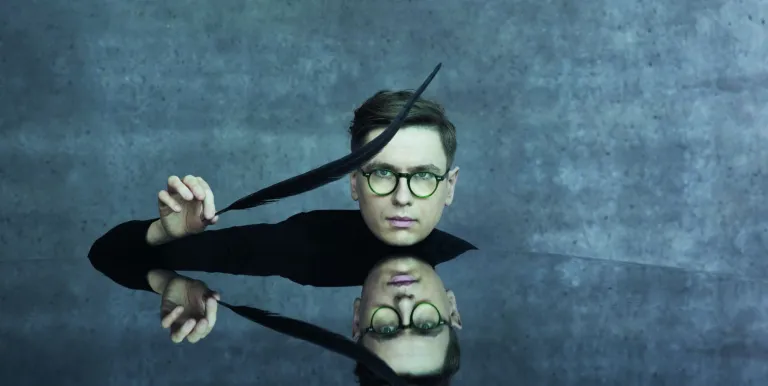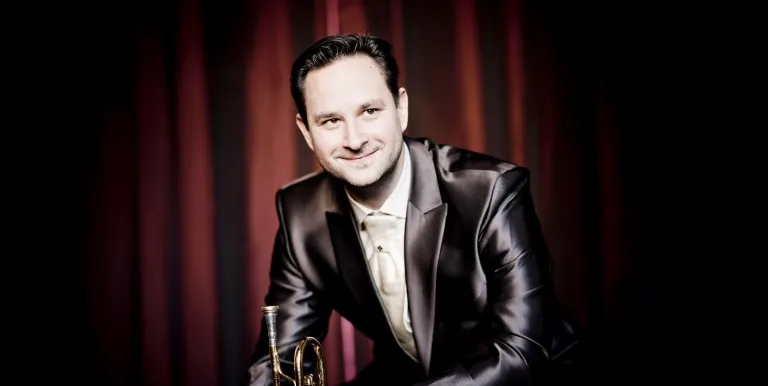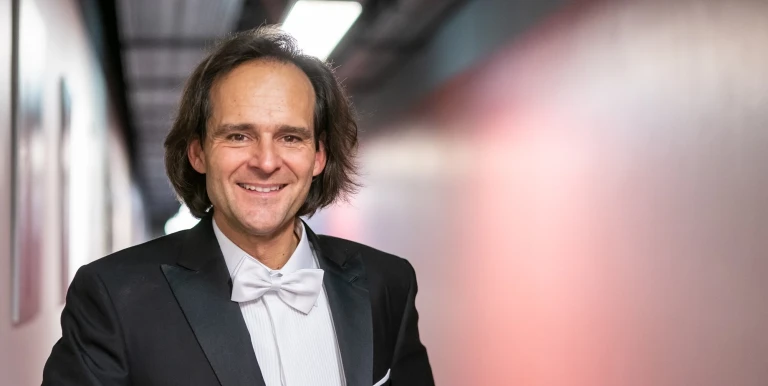one interval
Please note that by buying tickets you are accepting the house rules at Müpa Budapest, which also include the latest regulations and security rules. You can read further details and find key information on this page.
Thank you for your understanding and cooperation.
Galuppi
Piano Sonata No. 9 in F minor - first movement (Andante spiritoso)
Mozart
Rondo in F major, K. 494
C. P. E. Bach
Rondo in D minor, Wq. 61/4, H. 290
Cimarosa-Víkingur Ólafsson
Sonata No. 42 in D minor
Mozart
Fantasia No. 3 in D minor, K. 397 (fragment)
Mozart
Rondo in D major, K. 485
Cimarosa-Víkingur Ólafsson
Sonata No. 55 in A minor
Haydn
Sonata in B minor, Hob. XVI:32
Mozart
Gigue in G major, K. 574
Mozart
Piano Sonata No.16 in C major, ("Sonata facile"), K.545
Mozart-Víkingur Ólafsson
String Quintet No.4 in G Minor, K.516 - third movement (Adagio ma non troppo)
Galuppi
Sonata in C minor, Illy No. 34 - first movement (Larghetto)
Mozart
Piano Sonata No. 14 in C minor, K. 457
Mozart
Adagio in B minor, K. 540
Mozart-Liszt
Ave verum corpus, K. 618
'Iceland's Glenn Gould,' the New York Times wrote. 'A breathtakingly brilliant pianist,' a critic from Gramophone enthused about his playing. A journalist from Le Monde praised his 'volcanic temperament, great virtuosity, a taste
for challenges.' From his portrait, the face of a refined and intellectual artist gazes forth. Born in Reykjavík in 1984, Víkingur Ólafsson has a name that would have sounded unfamiliar just a few years ago. Today, the industry and audiences hold him to be one of the outstanding performers in the international community of musicians.
He grew up in the city of his birth, where he also began learning piano. Like so many major musicians, he was born into a family of musicians. His first tutor was none other than his own mother, a professional piano teacher. The young talent's upward trajectory did not stop until he reached New York, where Ólafsson became a student at the world-famous Juilliard School of Music, studying under Jerome Lowenthal and Ann Schein. His unique talent is illustrated by the fact that he not only has absolute pitch (in addition to being able to identify the role played by a given note within a musical context, he can also unerringly recognise its precise pitch: E, F sharp and C sharp, for instance), but also possesses synesthetic hearing (as Alexander Scriabin had), whereby his brain associates tones with colours: F minor appears to him as blue, A major is yellow, and B major is purple. Over the past decade, his playing has conquered the concert halls of Europe and America at breakneck speed. His musical preferences are colourful, his interests broad: Ólafsson's records feature Bach, Beethoven, Schubert, Chopin and Brahms alongside the music of Philip Glass. His album released in 2020 matched Debussy with Rameau. At Müpa Budapest, he will interpret works by the masters of the 18th century, C. P. E Bach, Haydn, Cimarosa and Mozart.
Presented by: Müpa Budapest
-
We wish to inform you that in the event that Müpa Budapest's underground garage and outdoor car park are operating at full capacity, it is advisable to plan for increased waiting times when you arrive. In order to avoid this, we recommend that you depart for our events in time, so that you you can find the ideal parking spot quickly and smoothly and arrive for our performance in comfort. The Müpa Budapest underground garage gates will be operated by an automatic number plate recognition system. Parking is free of charge for visitors with tickets to any of our paid performances on that given day. The detailed parking policy of Müpa Budapest is available here.










